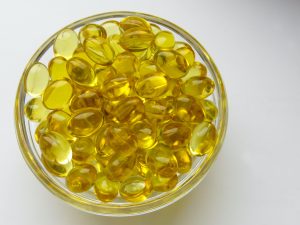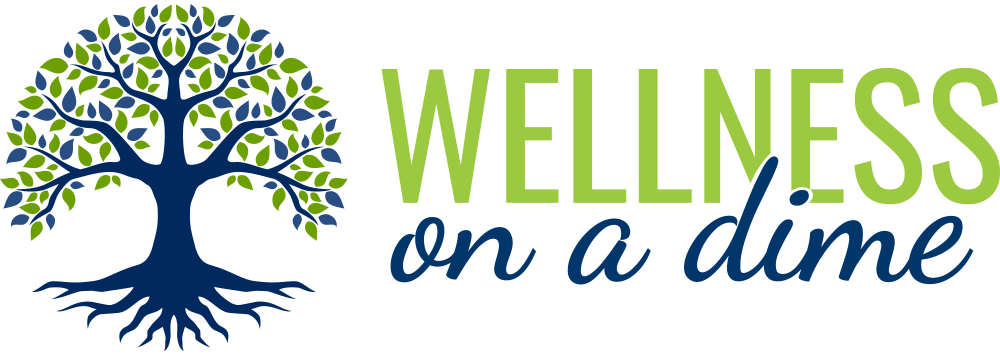 Vitamin D is important for good health. It boosts the immune system. It’s been estimated that about half of Americans are deficient in Vitamin D. You can do safe sunning, which is short exposure to the sun to most of your body between 11 a.m. and 1 p.m. Some people want or need to avoid the sun, out of fear of skin cancer, while with others, it’s not always possible. In those situations, you need to ensure you get it from your diet.
Vitamin D is important for good health. It boosts the immune system. It’s been estimated that about half of Americans are deficient in Vitamin D. You can do safe sunning, which is short exposure to the sun to most of your body between 11 a.m. and 1 p.m. Some people want or need to avoid the sun, out of fear of skin cancer, while with others, it’s not always possible. In those situations, you need to ensure you get it from your diet.
The older you are, the more you need.
If your age is between one and seventy, you need 600 IU of vitamin D daily. Anyone over the age of seventy needs 100 IU more each day—800 IU. Too little vitamin D can cause weak muscles, osteoporosis, cancer and depression. If you have a severe shortage, it can cause death. Studies from the pandemic showed that 80% of the hospitalized patients with covid were vitamin D deficient. There are even studies that link obesity to lack of vitamin D, but it’s not determined whether obesity caused the deficit or the deficit caused the obesity.
Cod liver oil is high in vitamin D.
Not only is cod liver oil high in this vitamin, so are organ meats, like liver, from all animals. Fatty fish, like salmon, are also higher in vitamin D. Farmed salmon has a much lower amount of vitamins than wild salmon. Other animal products that are high include offal, which is a catch all phrase that means internal organs and entrails. It came from the German phrase off all, meaning the meat cast aside. It can include head cheese and French foie gras (duck liver). Poultry contains the highest amount. Speaking of poultry, eggs are a very important source of vitamin D.
Besides animal meats and eggs, there are other sources of vitamin D.
Mushrooms are one of those sources and the only source that doesn’t come from an animal. Mushrooms synthesize vitamin D when they’re exposed to UV rays, but it’s a different type of vitamin D. Unlike animals that produce D3, mushrooms produce D2. It’s helpful and can raise blood levels of vitamin D, but not as efficiently as vitamin D3. A cup of “spongies,” morels, has about 17% of the body’s daily requirement. Other sources of vitamin D are sources that have been fortified, like cereal, milk and orange juice.
- If you select the meat or organs of animals that have been grass fed or pastured—in the case of poultry. The content of vitamin D is far higher than that of factory farms and even cage free.
- Vitamin D really isn’t a vitamin but has a structure and functions more like a steroid hormone, like sex or adrenal hormones. It binds to the receptors of the cells and triggers specific actions.
- If you want strong bones and teeth, most people understand they need calcium, but vitamin D is also important. It helps the body to absorb calcium and is important for preventing osteoporosis and maintaining good bone health.
- Safe sunning is the easiest way to ensure you have adequate vitamin D. Depending on your complexion, it may be 5 to 15 minutes of unprotected sun exposure. While it’s the hottest part of the day, it’s also when the sun rays are safest.
For more information, contact us today at Wellness On A Dime Coaching
